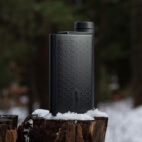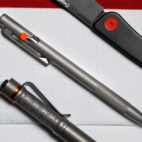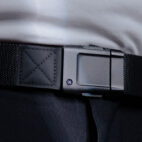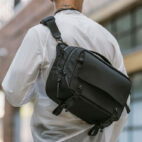
Carry Collaborations
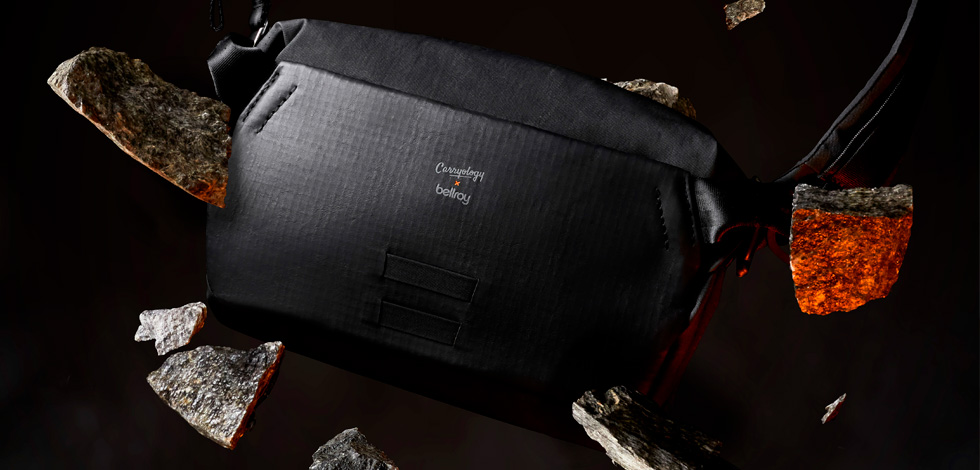
Exclusive Release | Carryology x Bellroy Chimera Sling
Today we deliver another magical beast!
The much anticipated sequel to the acclaimed Chimera Backpack, a carry piece equal parts luxe and utility, designed for EDC and travel adventures alike:
Enter the Carryology x Bellroy Chimera Sling.
Good luck!
––––
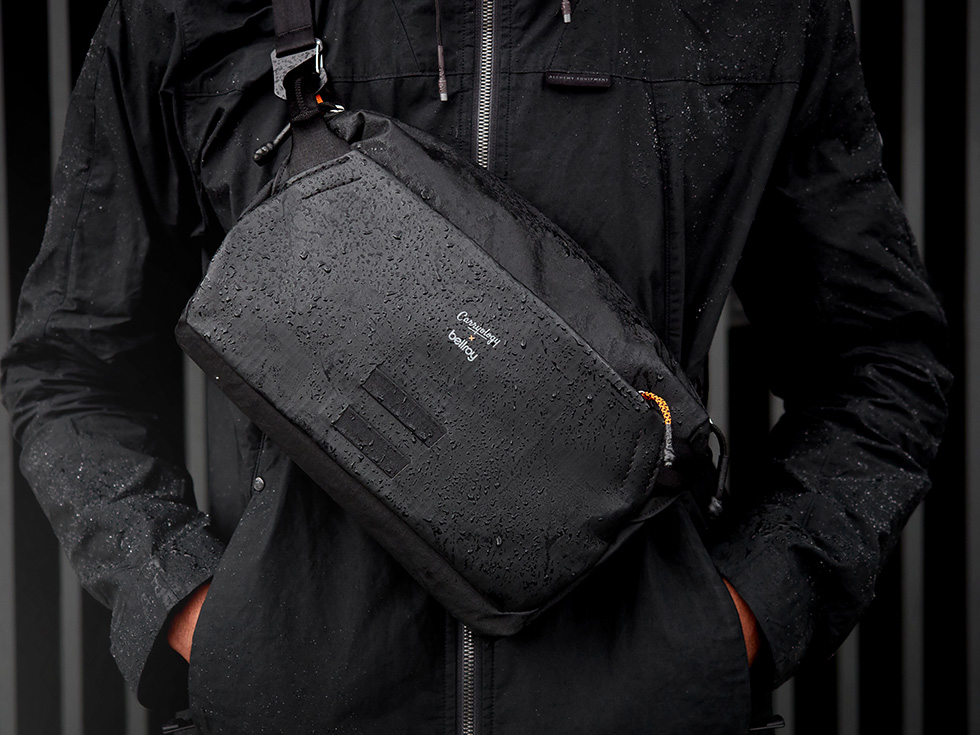
ORIGIN STORY
Folks often wonder about the connection between Bellroy and Carryology. So here’s the quick skinny: we share the same founders, but we operate independently, each doing our own thing.
Carryology began as a blog in 2009, with a focus on exploring better ways to carry. A year later, the same exact questions posed on Carryology led to answers in the form of physical products with the creation of Bellroy.
Though we share founders and philosophies, we're different creatures. Carryology is here to shine a light on the entire industry, championing the best brands in the world. We’re a community, a publisher, and a design agency. And our friends at Bellroy have applied all of their knowledge, expertise, and energy into a thoughtful world-class brand.
Andy Fallshaw, founder of both Carryology and Bellroy, summed it up well: “Carryology and Bellroy have evolved surprisingly different expressions of better ways to carry that are even stronger when united.”
––––
For a detailed look at our history, check out our Origin Story: Reflecting On Our First Decade article from 2019.
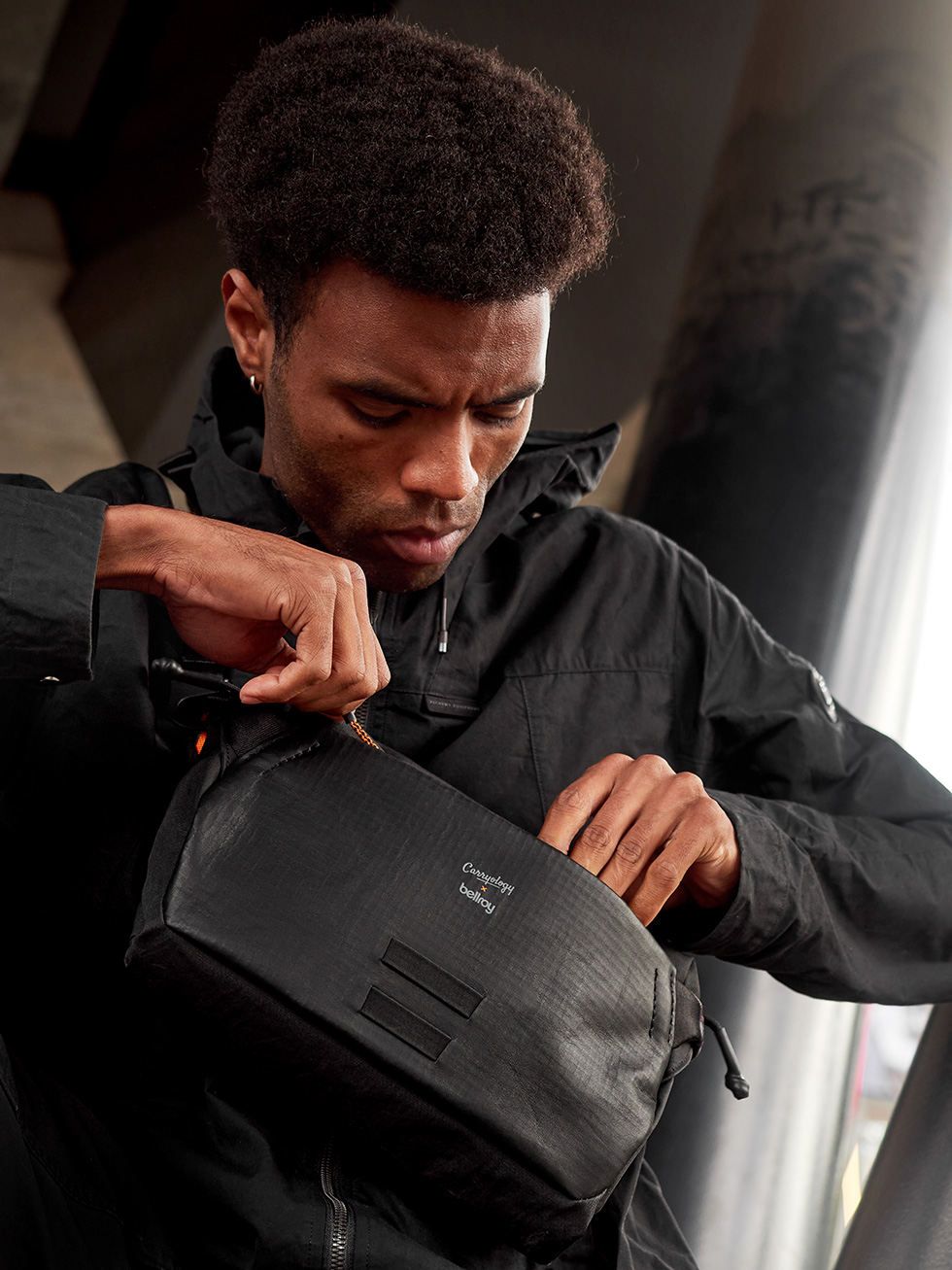
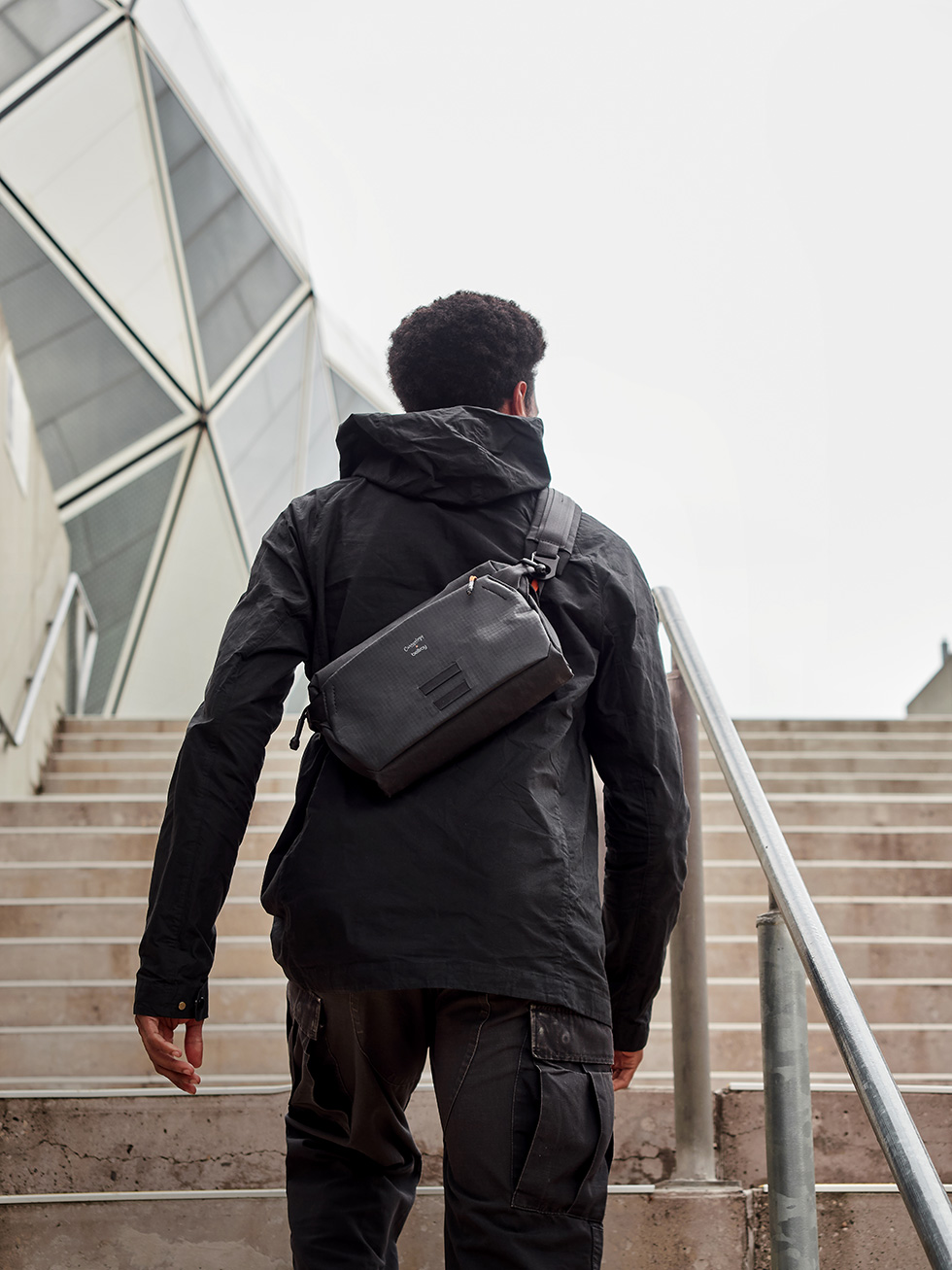
MADE OF MANY PARTS
In fact, ‘stronger when united’ was the overall idea behind the creation of the Bellroy x Carryology Chimera Backpack collaboration. Just like the mythological beast of lore, and the backpack inspired by it, individual parts were brought together to make a magical beast here again. A piece that was stronger not because it was one thing but many.
We'd work with Bellroy's crazy-talented designers, James Jeffrey and Aaron Puglisi, to not only pull inspiration from the first Chimera, but look elsewhere for inspiration too. Other parts of Bellroy's stable. And the climbing world, to name a few.
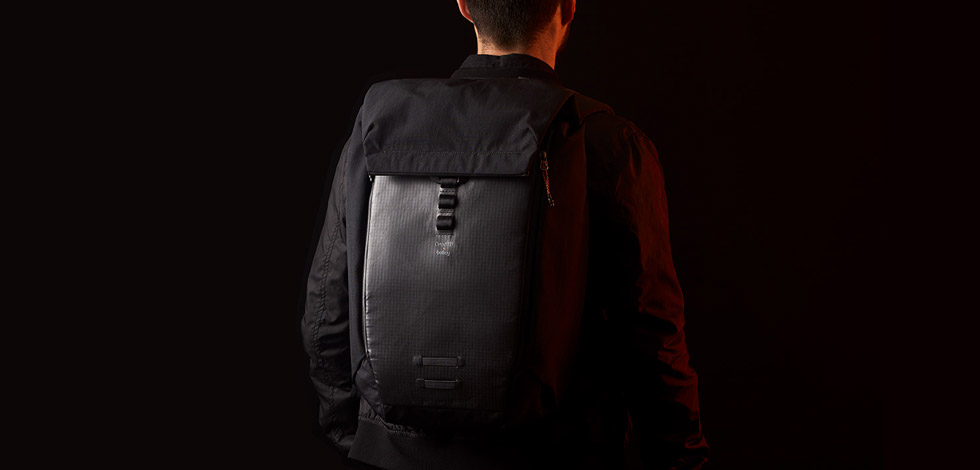
––––
SLING SEQUEL
From the moment the Chimera Backpack flew off the shelves, both teams knew we wanted to revisit a collaboration together. Build on what came before. And so a worthy partner to the original made most sense.
After options were discussed (tote, accessories, messenger, etc), it didn’t take long for us all to agree that the sling form factor would be the most exciting way to push forward. It just does things a backpack cannot do and vice versa. And more importantly, it can be used together with the Chimera Backpack for a one-and-a-half bag combination for travel and beyond.
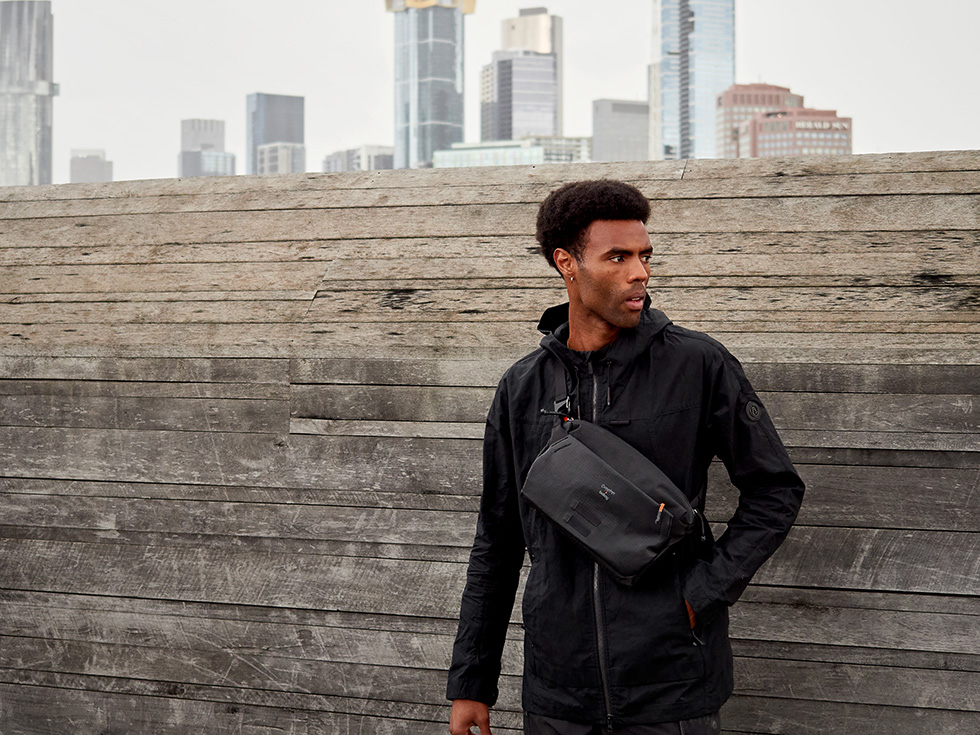
ADD VENTURE
This one was unanimous. Bellroy has a solid collection of slings in their catalog and they’re all great. But it had to be the Carryology team favorite, a Bellroy best seller, and Carry Awards winner… of course, it’s the Venture Sling.
The Venture Sling is not only our favorite Bellroy sling, but one of our favorite slings in the world of carry. It’s classy, versatile, and adaptive.
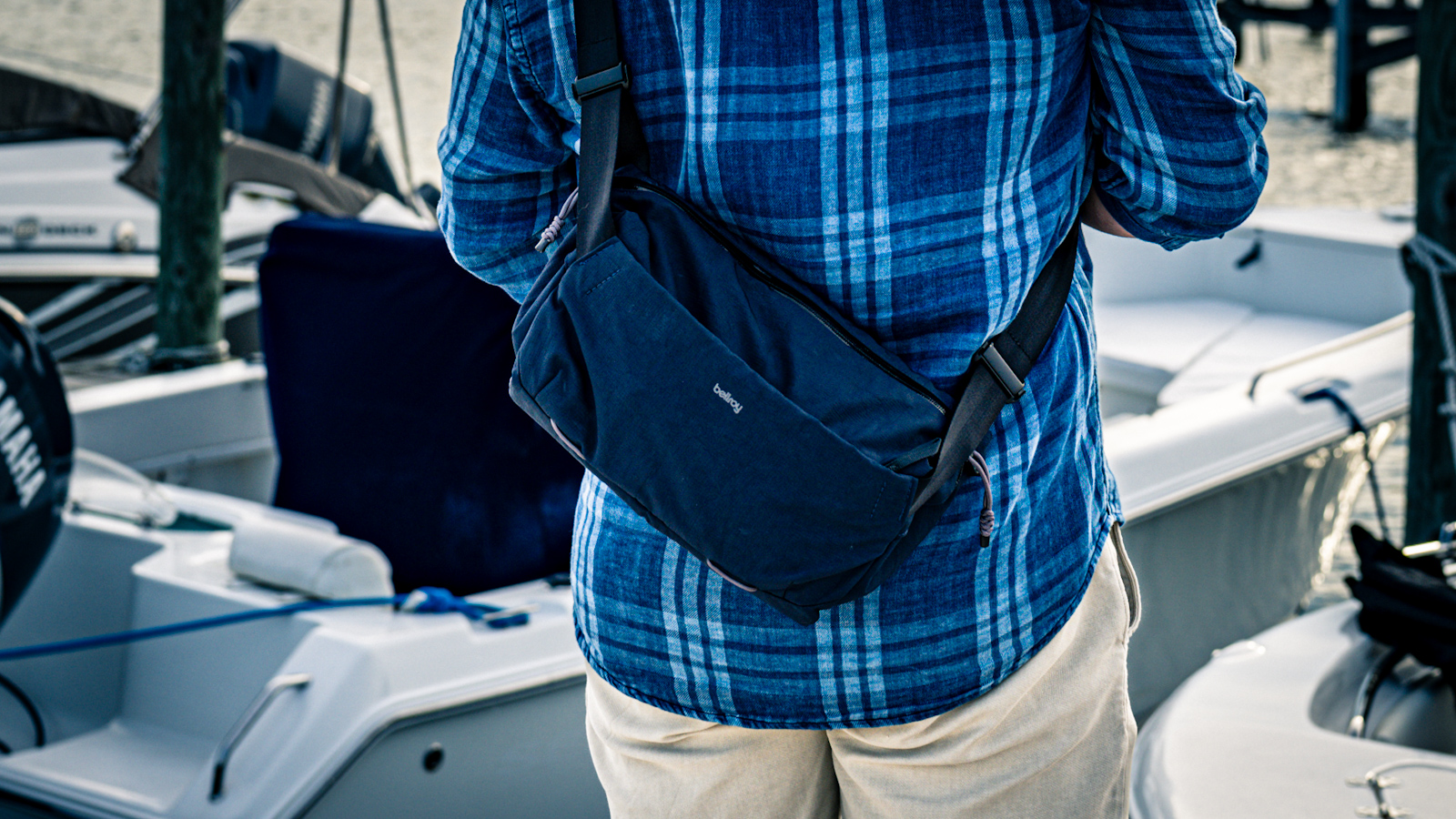
–––––
NEW PATTERN
There was some debate on sizing. The Venture Sling 6L is easily the most useful size in this format, but the Venture Sling 9L, as the name suggests, offers just a bit more volume for your day-to-day goods. Maybe the 10L Photo Edition version could be an option? Ultimately, we landed on the 6-liter version… but added just a bit more volume.
We tailored the pattern to be just a couple centimeters larger/longer. Now, don’t get carried away, we’re still calling it 6 liters so no one expects any kind of unbelievable size gain. While it’s officially the same literage on paper, the additional space allows you to carry slightly larger and bulkier items that the standard 6L Venture would not allow.
And like the original Venture, there is a bit of built-in expansion, just executed a tiny bit differently. When you carry less gear, the patterning automatically and naturally rests a bit slimmer and flatter. But when you need it, the U-shaped silhouette expands outward to swallow up whatever else you might have picked up along the way.
Fun fact: the Chimera Sling can fit a Nintendo Switch, a designer’s favorite EDC item.
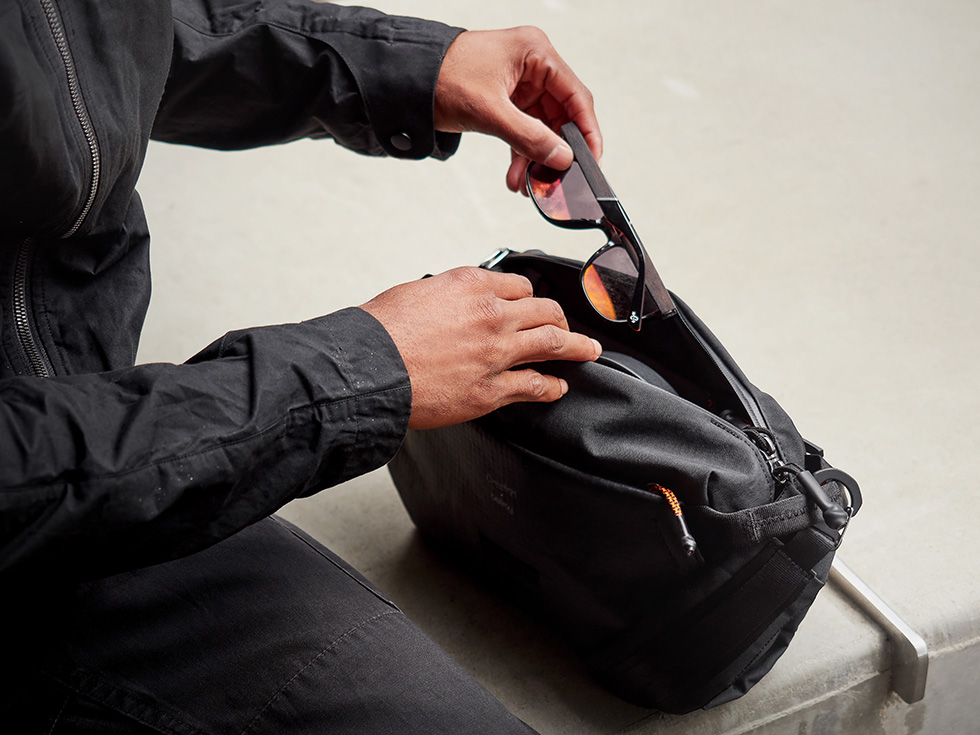
BADASS BAIDA
The interplay of fabric durability, drape, handfeel, and pattern are highly considered over at Bellroy. Oftentimes some newly discovered dream fabric a designer has in mind just doesn’t work on a specific form factor. For this project, it was no different. The exact same Bellroy ripstop Baida nylon used on the Chimera Backpack wouldn’t do. So as JJ (Design Director over at Bellroy) puts it, for this project it was all about multiple small upgrades and improvements, “Cascading upward into a finished design”.
After trying several different fabrics, structure and body started becoming one of the primary focuses in the process. Normally it’s critical, but it became even more apparent here. It had to be tough, abrasion resistant, water resistant, have a great handfeel, maintain structure, and look amazing. We landed on a fabric that checked every single one of these boxes: Bellroy’s pigmented 100% recycled Baida nylon fabric. Most notably, we used this fabric on our Bellroy x Carryology Essentials pouches (Pencil Case and Tech Kit), which arguably was super overkill for these small products – which is exactly why we love it.
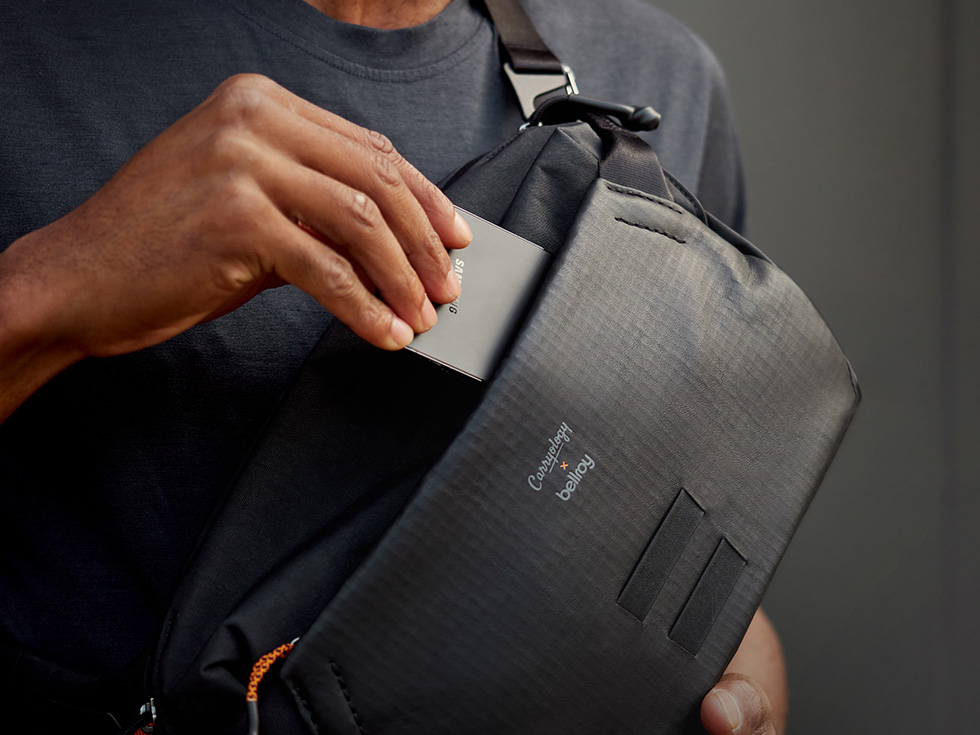
LEATHER HIDE
The most distinguishing visual feature of the Chimera Backpack, at least in our opinion, is ECCO’s composite FSDX bonded ripstop leather.
Bellroy’s expertise in leather is world-class. So we set them a challenge: to find the pinnacle of leather innovation – and Bellroy’s team did not disappoint. They reached out to the best leather supplier in the world, ECCO Leather (the magicians behind Dyneema bonded leather) and dug through the newest breakthroughs to pinpoint the performance FSDX. A brand-new innovation that bonds top-grain leather with a lightweight ripstop, cutting down weight while reinforcing with strength. This stuff is space-age but retains the luxurious look, feel, and patina of real leather.
As for its construction, a leather top layer, a ripstop flat yarn mid-layer, and a balance woven nylon backing make up an incredible three-layer composite.
It has incredible tear resistance, improved tensile strength, is lightweight, and is finished with a water-resistant treatment. High-tech performance meets classic handfeel and looks and vibe. Just like the Chimera Backpack, ECCO’s bonded ripstop leather covers the front panel in one glorious piece.
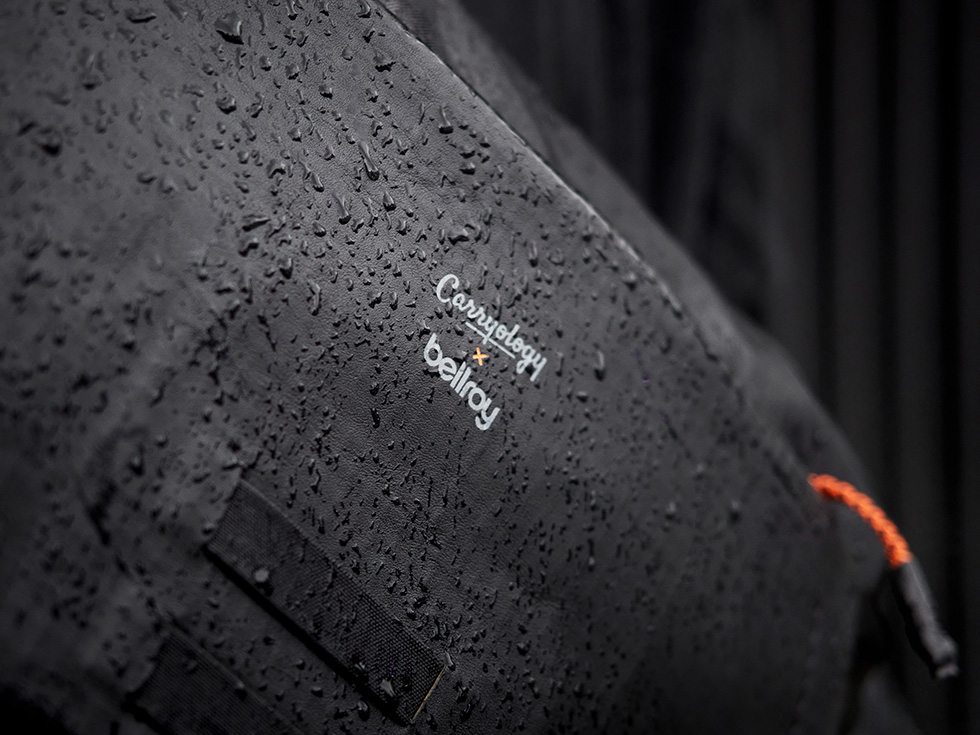
ORGANIZATION EVOLVED
Of course, the Venture Sling is beloved for its ability to keep your pockets empty and gear organized while exploring urban spaces, doing some hiking outdoors, or transitioning between the two in the same day. So we took that award-winning layout and improved upon it.
On the exterior front, there’s a hidden zipper tucked down below the ECCO ripstop leather edge that gives you access to a sizable compartment suitable for a sunglasses case (with the fabric soft enough to toss them in naked, too). There are also two equal-sized Gigamesh pockets with four-way stretch sewn in to keep loose bits secure. And finally, there’s a key lanyard with a Trimmers T3 Clip Hook hardware for easy on and off.
On the exterior backside, there’s a newly designed secure pocket with a bit of volume patterned in as well as a lay-flat zipper for on-body comfort. This pocket is great for storing large flat items (such as a mini tablet, a phone, and/or passport), keeping important items against your body for that little extra security.
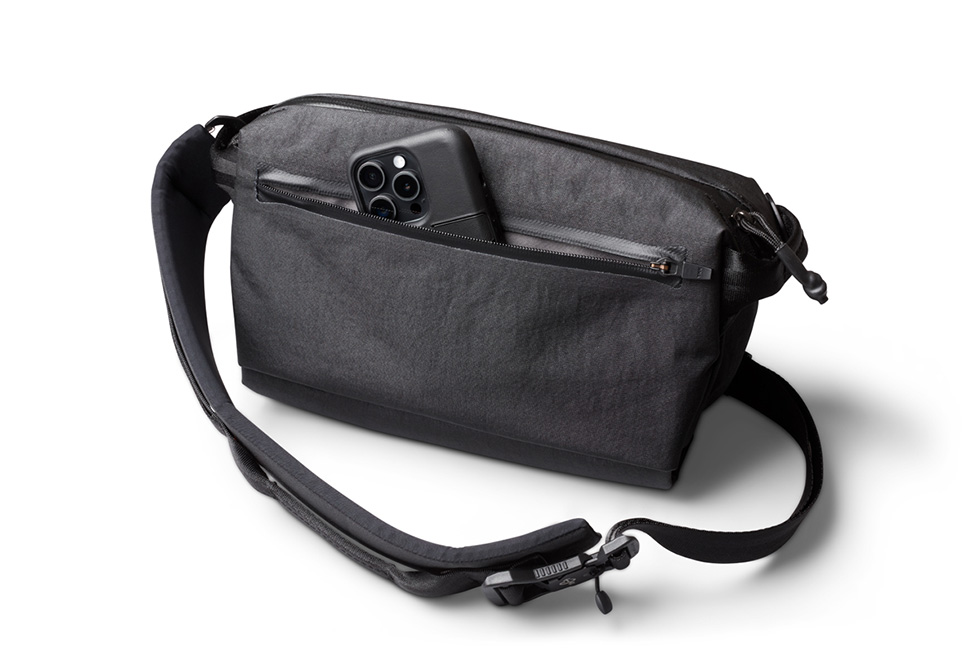
INSIDE THE BEAST
In the main compartment, there are zippers on both the left and right sides for easy access, allowing for easier daily interactions.
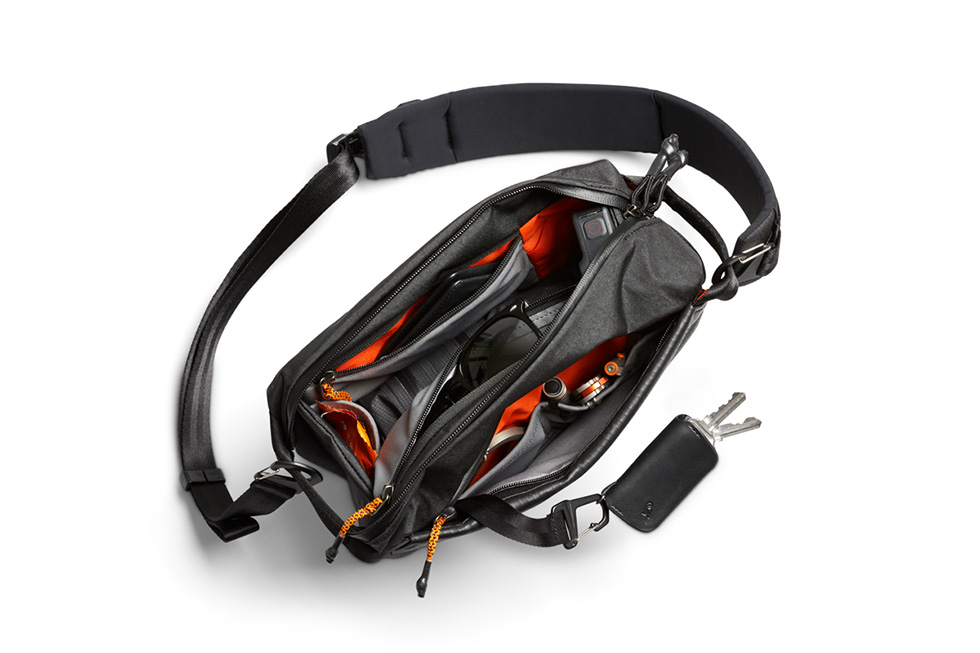
The organization here is best described as inspired by a “toolbelt” design with the internal pocketing going around the internal equator of the main compartment. Up on the top front, a full-length stretch mesh zippered pocket for long EDC objects (full-sized titanium pen, another set of sunglasses or regular glasses, etc). On each interior sidewall, there’s a stretch mesh drop pocket for quick access and quickly securing objects. Finally, on the rear wall, another zippered stretch mesh pocket for medium-sized objects.
Inside this pocket, you’ll find the screen-printed Chimera character design (the same treatment that we hid on the Chimera Backpack), a nice little detail.
Next to this zippered pocket, you’ll find an orange high-vis panel with two slots for everyday carry items, ideally ones with some type of pocket clip. Why’s that? Well, Bellroy opted for a thoughtful fabric choice here, a laminated ripstop fabric that gives these slip pockets just enough vertical structure to slide a pocket clip down onto with one hand. No need to grab the fabric with your other hand to keep tension. A minor but delightful functional detail.
MOUNTAINS TO CLIMB
Expanding upon the “structure improvement” above. The Bellroy team wanted to make some tweaks that added structure in both appearance and handling. Notably, the strap attachment system. While fully functional in its in-line product Venture Sling cousin, we turned it up a notch here. Directly inspired by climbing harnesses, we’ve added two webbing loops, one on each side. This webbing is folded over onto itself, stitched with heavy-duty zig-zag stitching and two box stitches on each side.
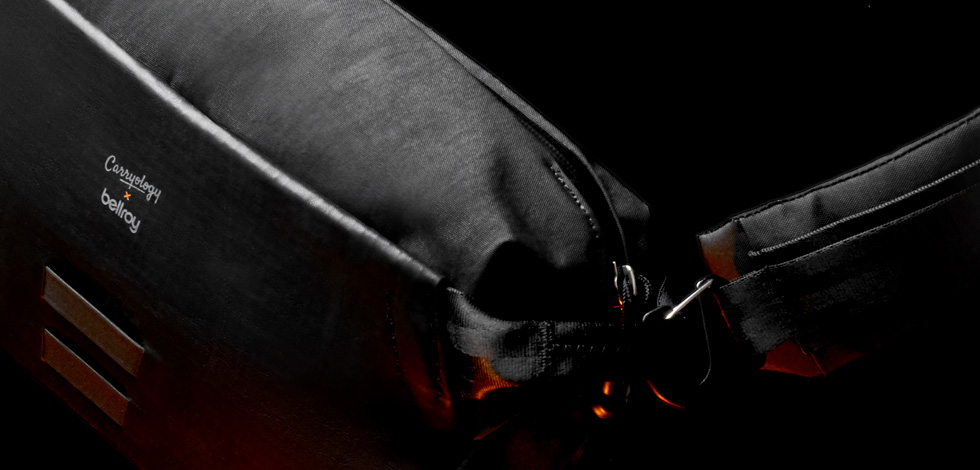
This construction provides five benefits:
1) It allows the shoulder strap webbing to be manipulated for various pivot angles, so you can wear the sling horizontally across your chest or on an angle across your back, or however you find most comfortable for you.
2) These loops act as mini grab handles. Whenever I personally reach for the Chimera Sling, I find myself grabbing these mini handles and it makes retrieving the bag from overhead bins or from inside a plane’s slip pockets a breeze.
3) The structured construction, just like a climbing harness, creates enough stiffness so you can clip the shoulder strap’s Trimmers T3 Clip Hook hardware onto the webbing via one-hand operation (with a little practice). And if you’re so inclined, you can also clip on a carabiner or a Heroclip one-handed too (because we love our Heroclips!).
4) Remove the strap and the sling becomes a luxe pouch for camera gear or essentials!
5) Lastly, this creates ambidextrous shoulder orientation. Whether you’re a righty or a lefty or whether you prefer wearing your sling on your left or right shoulder, you can swap back and forth with ease thanks to this system.
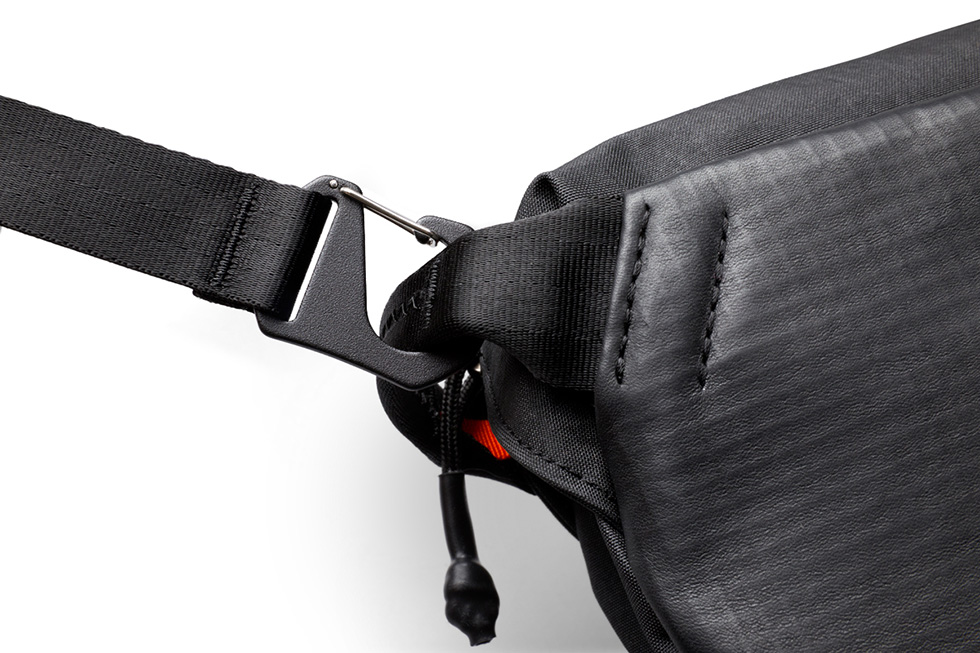
STRAP IN
With all these upgrades on body, structure, and details, we realized that the strap needed enhancing too. So utilizing the climbing harness-inspired loops, a brand-new shoulder strap design was added. Ambidextrous (as mentioned in the section above) and well padded with closed cell EVA foam, this longer, more technical strap inspires hard use and makes maximum weight loadouts carry like a dream. With a built-in webbing grab handle on the pad, it can be manipulated quickly, slinging from front to back modes in quick action. A joy to use (and play with!).
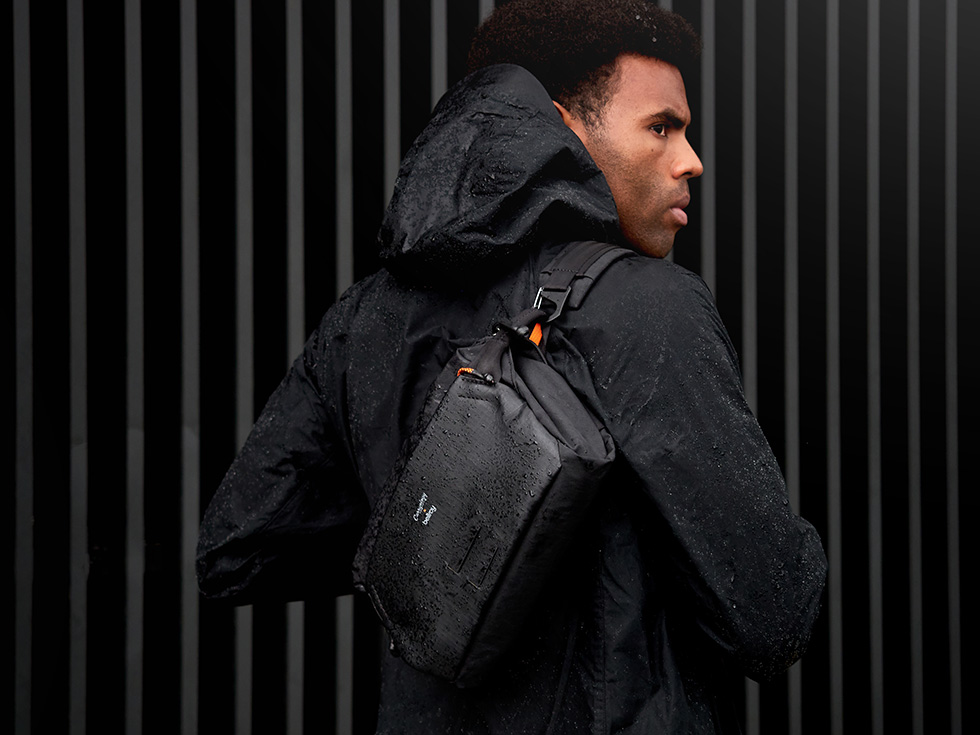
MAGNETISM
The cherry on top, to make the Chimera easy to take on and off, we added a V-buckle from our friends over in Germany, the magnetic wizards known as Fidlock. Sure, we laser engraved a subtle “C” icon logo onto the metal shield, a classy but discreet splash of branding. But what makes the V-buckle actually interesting starts with what it’s attached to.
The shoulder strap has two “halves”. The padded shoulder half and the webbing lower half. The padded half of the strap uses a 1.5” (38mm) webbing for even displacement and comfort across the wearer’s shoulder. But the other half of the shoulder strap doesn’t require such burly webbing… burly webbing here would create discomfort against the wearer’s body. So instead of 1.5” webbing, we used a standard 1” (25mm) webbing.
Now, as if the evil sorcery behind magnets wasn’t awesome enough, Fidlock’s engineering team added a great little bonus feature into their V-buckle design: compatibility and modularity. One half is the 38mm hardware and one half is the 25mm hardware, two different-sized hardware bits joining together seamlessly.
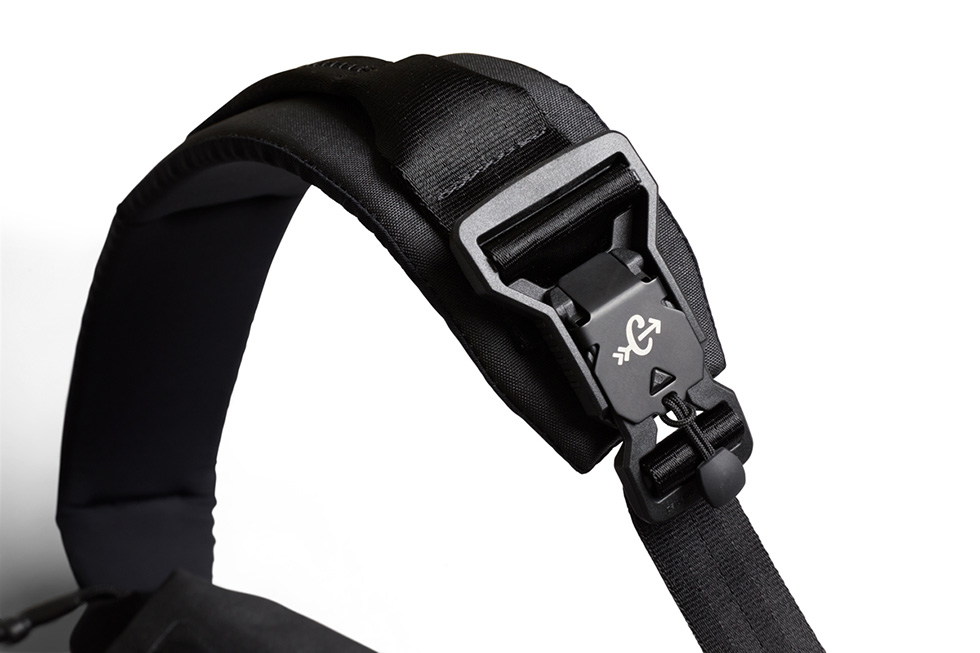
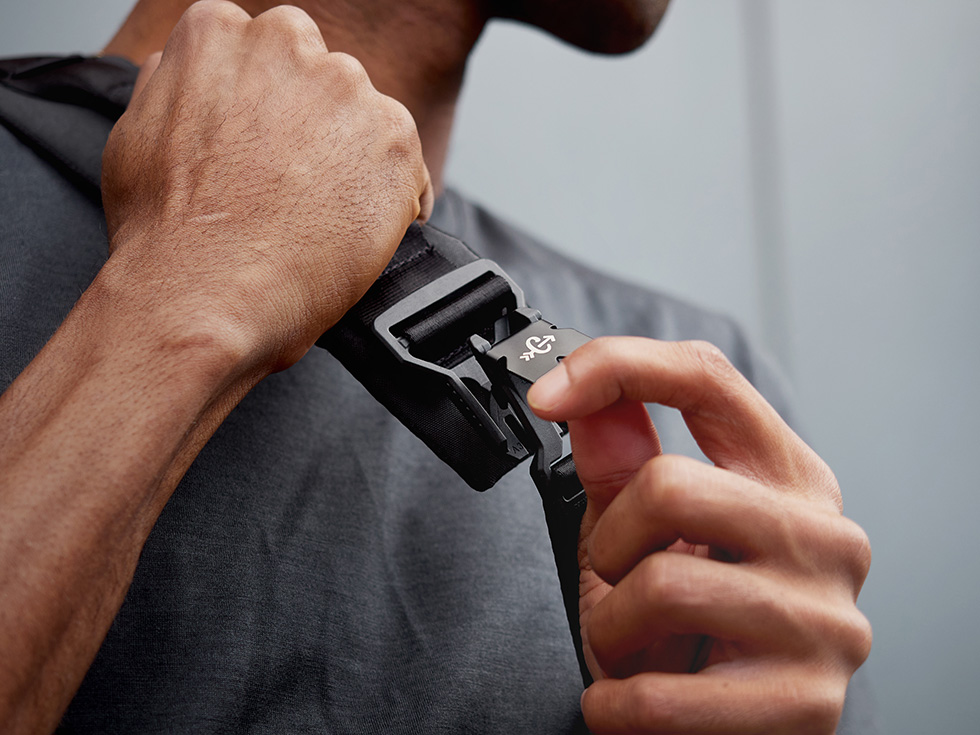
A NEW BEAST FOR MORALE
We loved the character artwork illustration from the Chimera Backpack, so we decided to evolve it and we brought on the genius Hadrien Monloup, one of the co-founders of Carryology, to design the morale patch yet again.
It’s a coming together of three creatures close to our hearts: the Owl, representing Bellroy and their brand logo/mascot. A Kangaroo to represent Carryology HQ (both Carryology and Bellroy were founded in Australia). And a Rattlesnake, to give a nod to the USA side of the Carryology team (specifically Texas, where I reside).
How did we evolve it? We not only updated the design but decided to tackle material and process too. Since the scale of a sling is smaller than a backpack, the heavy contrast of the previous patch would visually outweigh the sling’s presence. So rather than fight against one another, we went with an all-black leather patch, with a debossed character design on the surface, so the patch is an additional complement and addition to the sling. Working with it and not against it.
ADAPTIVE PATCH
Just like the Chimera Backpack, the patch attachment system was inspired by the Bellroy x MAAP Shift Backpack. This Shift Backpack had two reinforced loops towards the base, so the user could add an LED flashing bike light for cyclists to be seen when commuting. We took these two loops and created a custom folding patch panel to wrap over and around, using a molded hook to attach securely. We made some minor tweaks and improvements, but overall we loved the execution of this panel’s design.
With this system, it provides four different configurations:
Option A: Install the folding wrap patch panel and attach the provided leather Chimera patch.
Option B: Install the folding wrap patch panel and attach any hook-and-loop Velcro patch from your collection (or no patch at all and just the panel if you’re a crazy person who loves the look of raw fuzzy Velcro).
Option C: Remove the folding wrap patch panel and attach a bike light, carabiner, or other clip-on accessory of your choice.
Option D: Remove everything and run your Chimera Sling ultra-clean and minimal.
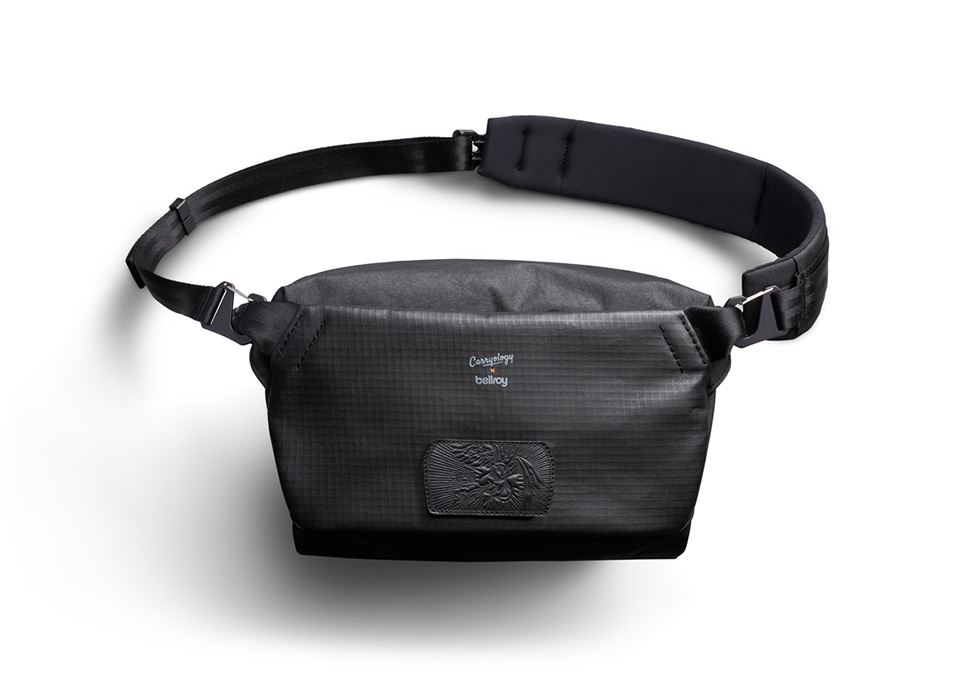
FINISH HIM
Finally, let’s talk about finer details. You know them. We all love them. The best-in-class YKK water-reistant zippers are used on all exterior pockets to keep the dry stuff inside and the wet stuff outside. Finished with durable nylon paracord, knotted off, and with tubing heat shrunk around the knot for easy grip whether it’s cold, wet, or when using gloves.
And then, of course, we have strap keepers and webbing loops to keep your straps clean and dangle-free.
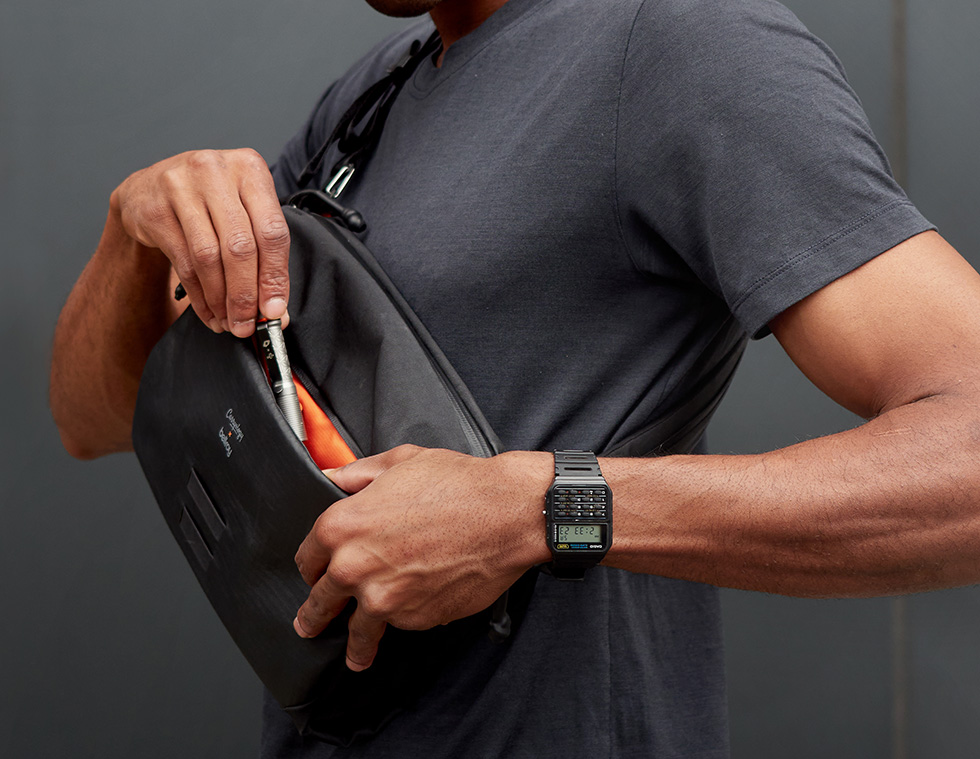
SAME DNA. NEW BEAST
Using what came before, we’ve designed a sequel to a fan favorite, a sidekick to refined EDC/work cornerstone, and a standalone sling that soars on its own merits. And so we’re very proud to release the Carryology x Bellroy Chimera Sling into the world!
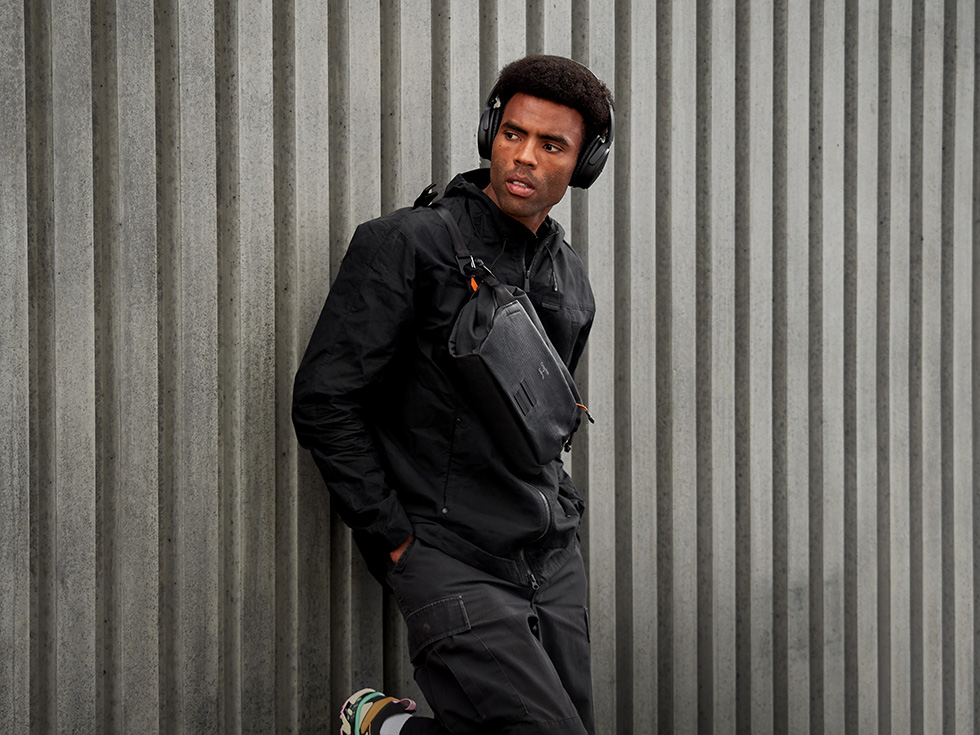
RETAIL PARTNERS
Launching 26th April (AEDT).
Launch time is at the discretion of each retailer, so follow their socials for updates.
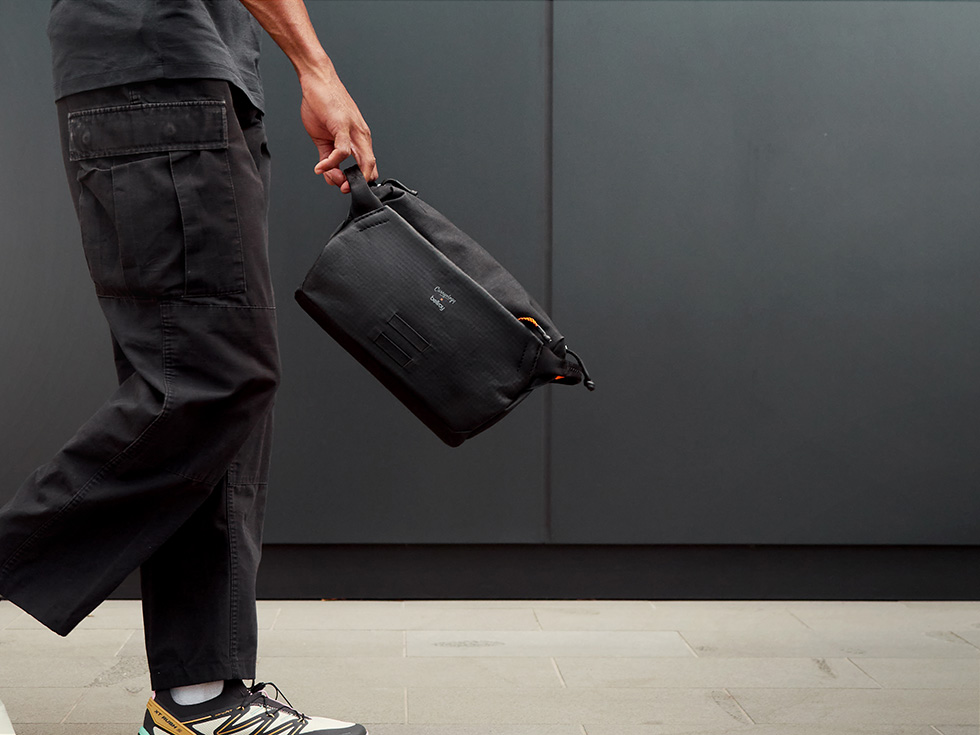
A heads up: Bellroy and Carryology share the same founders. You can read about our origin story here.
And hey, we're reader-supported too, so if you find something that sparks your interest and click through and purchase via our affiliate links, sometimes we’ll get a little kickback from the brands or retailers. It helps us to make more content and build this channel. Although, we’ll just point out, some brands don’t have affiliate options, and that's cool with us too. If the carry is awesome, we recommend it!





 Carry Awards
Carry Awards Insights
Insights Liking
Liking Projects
Projects Interviews
Interviews

